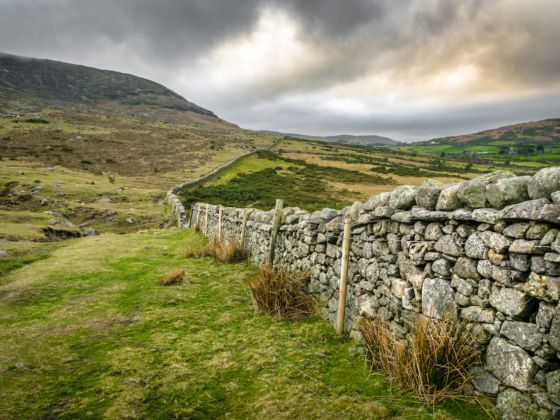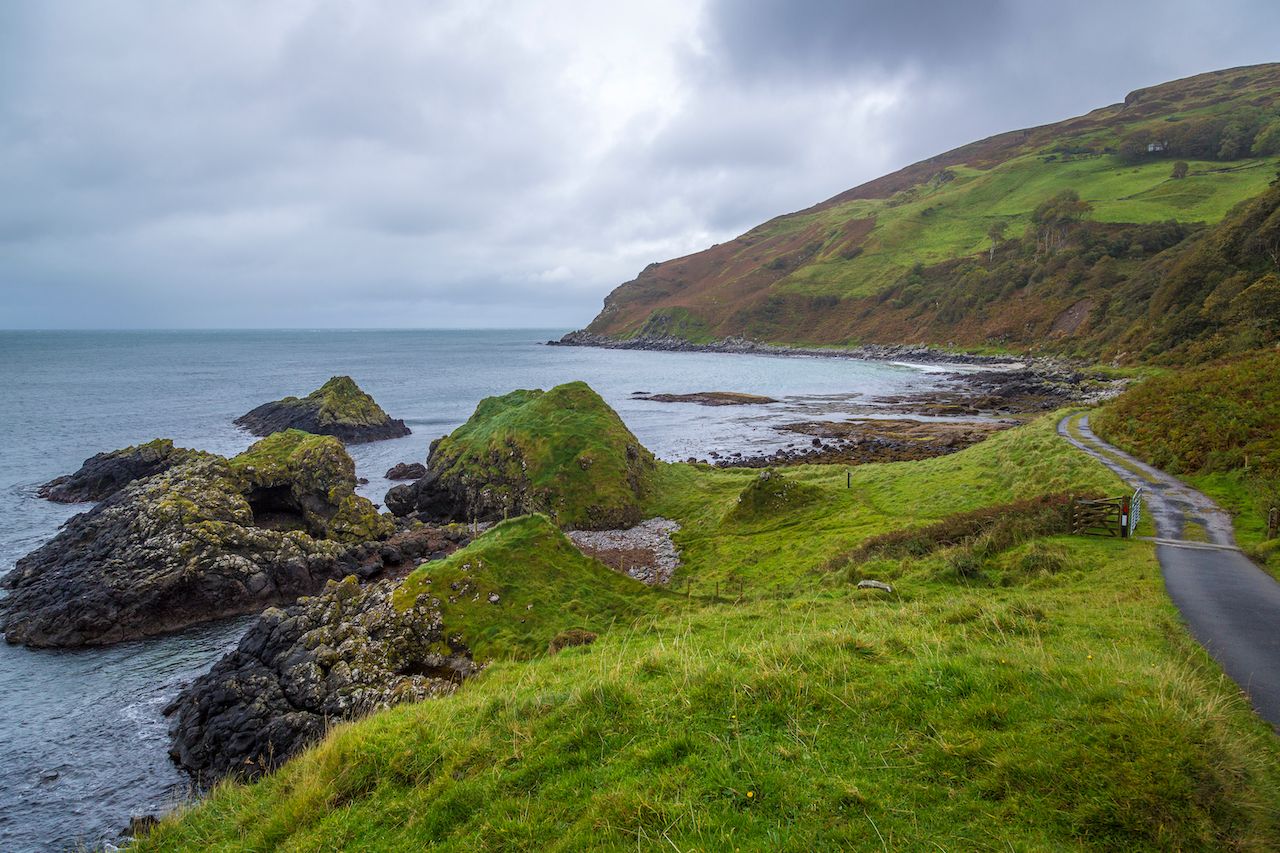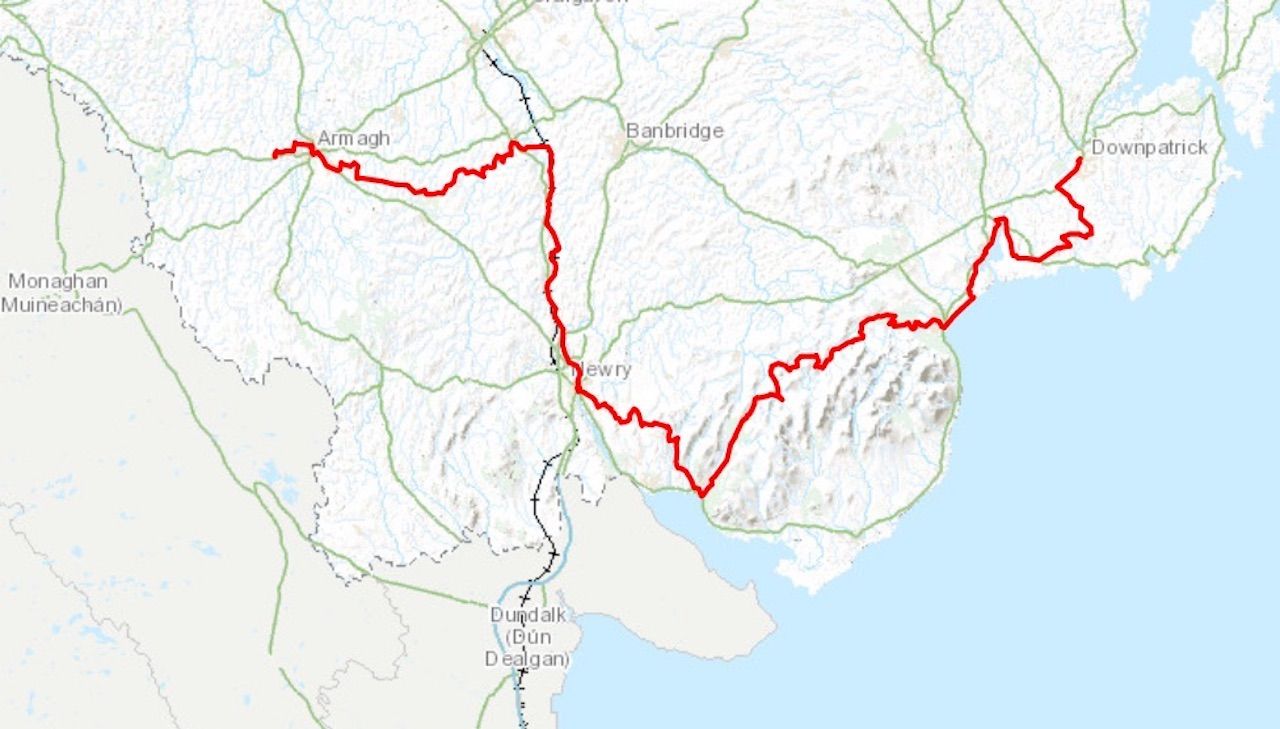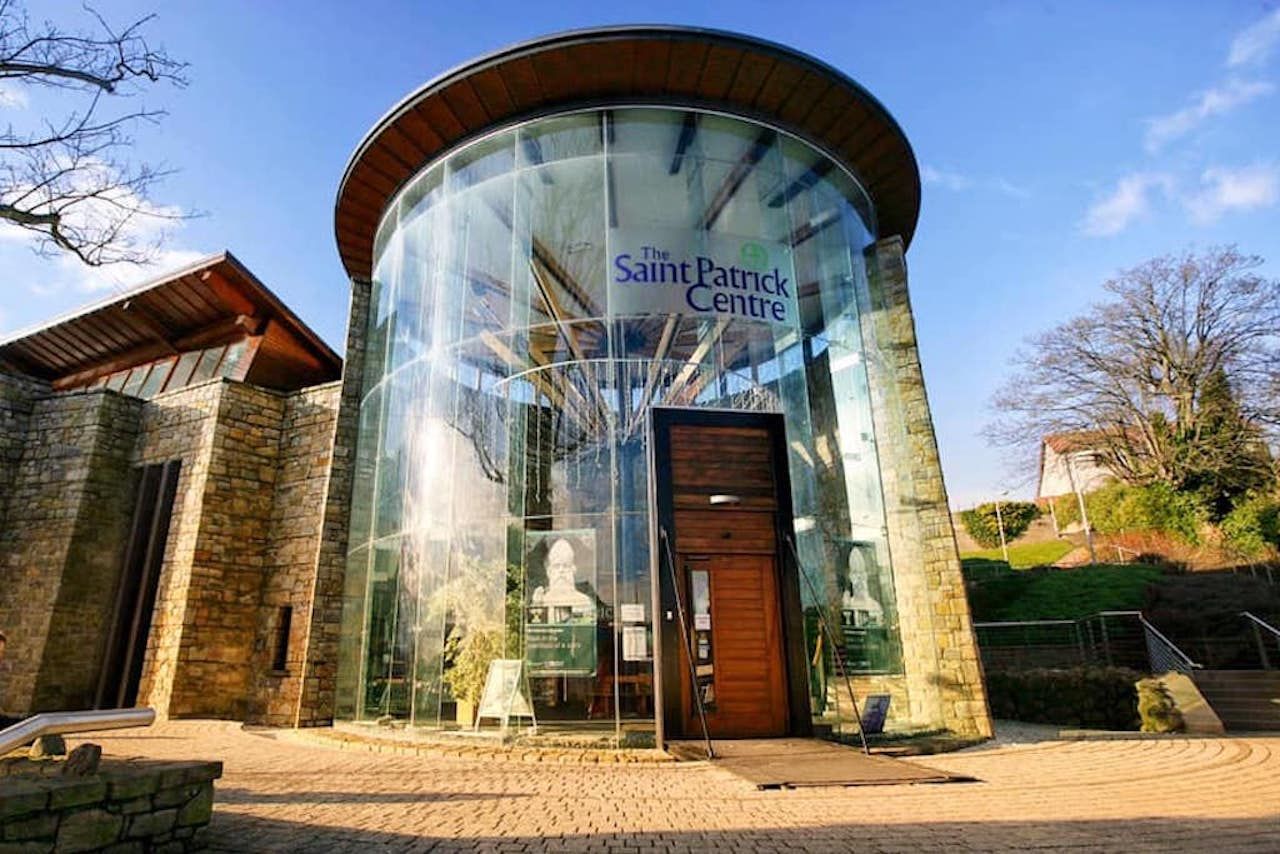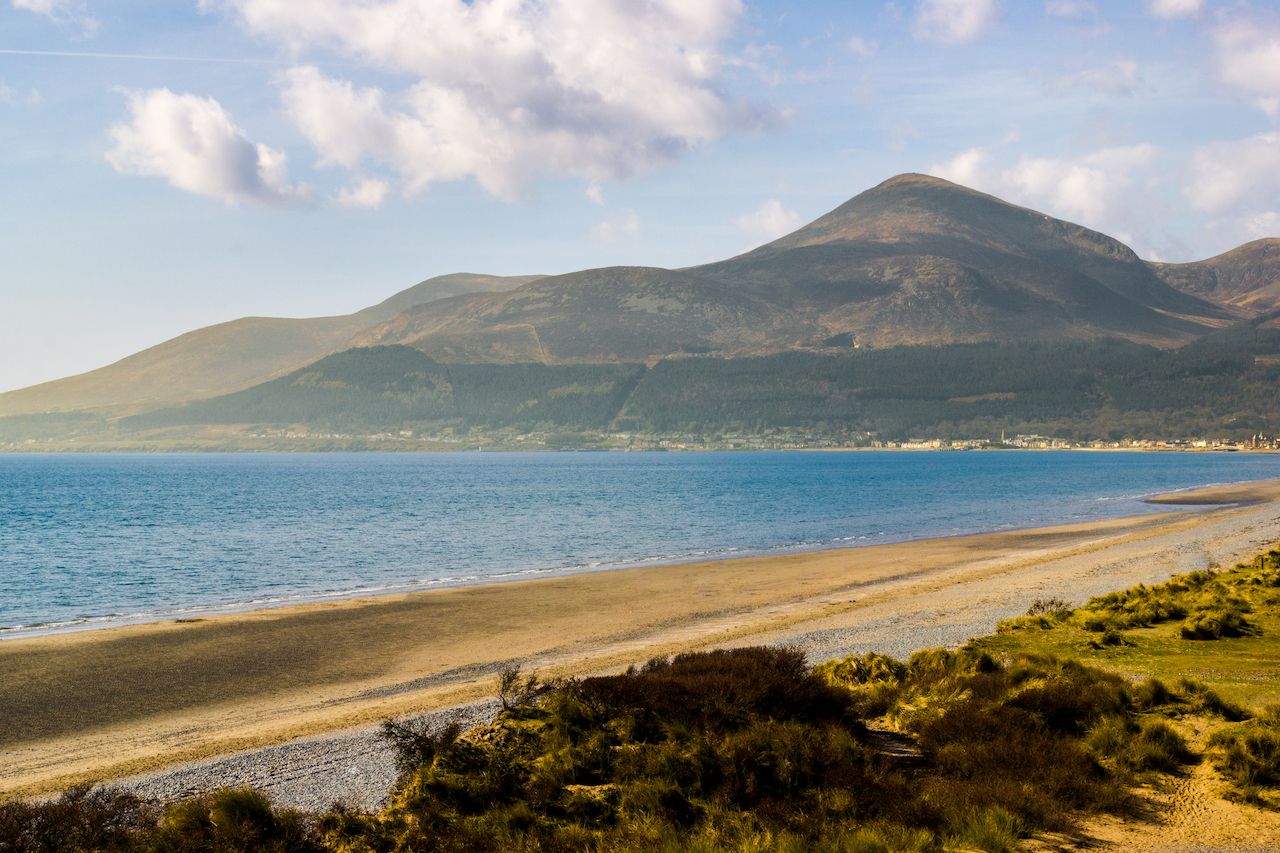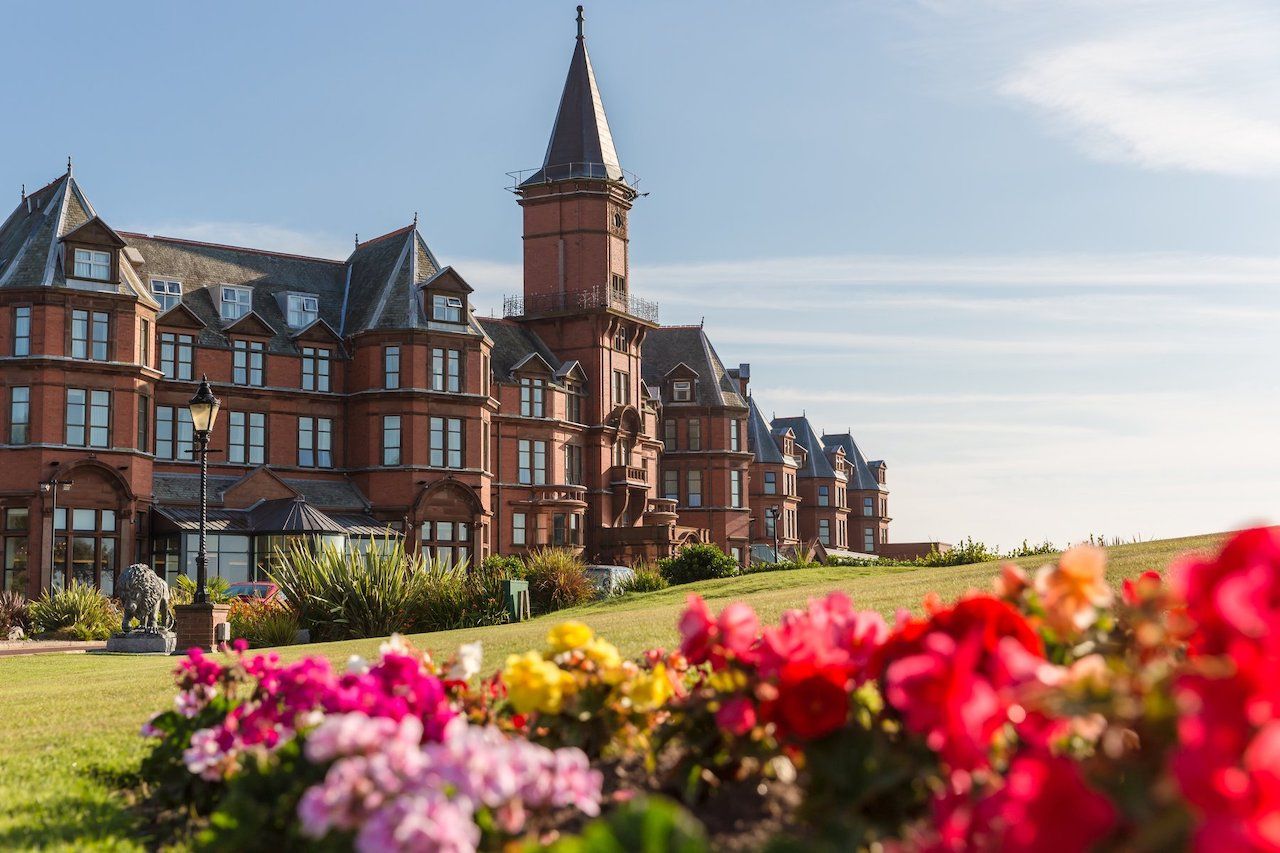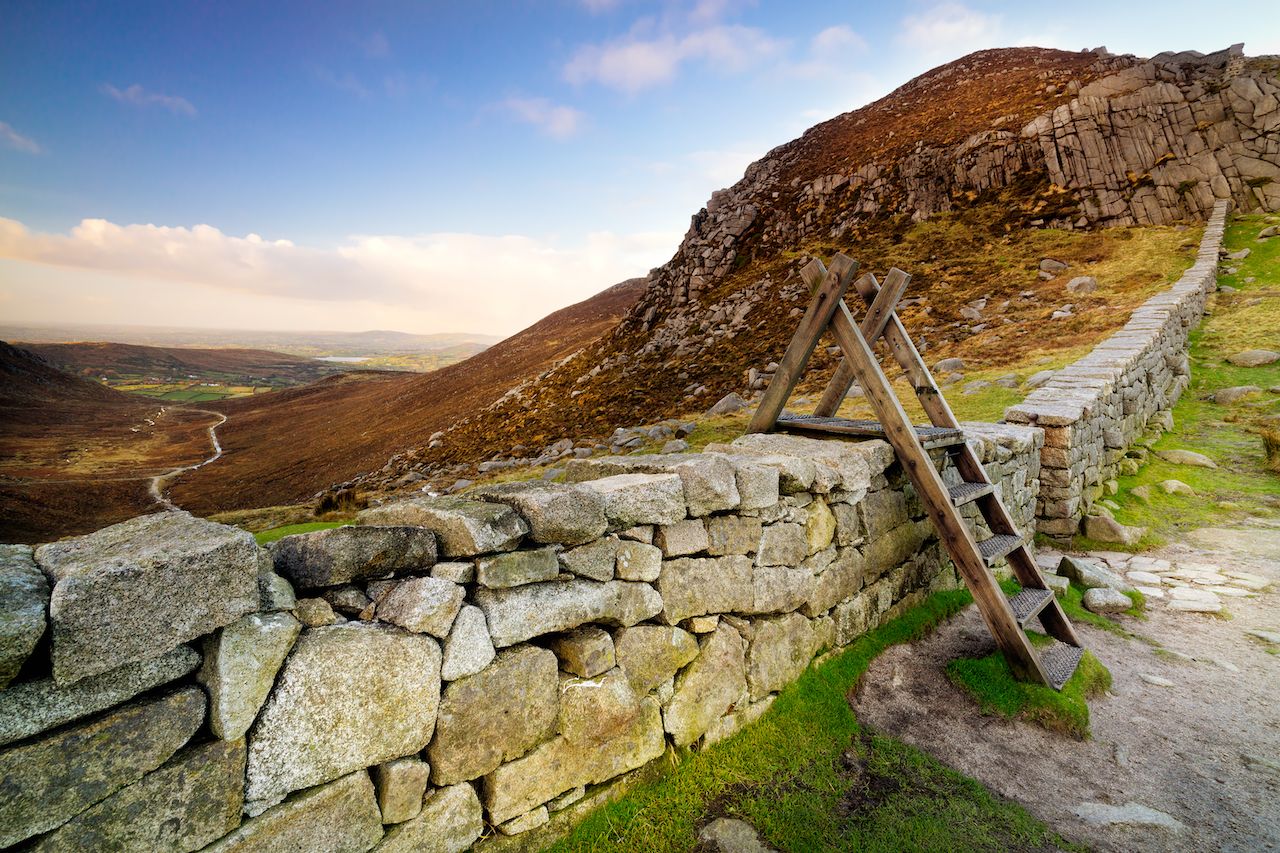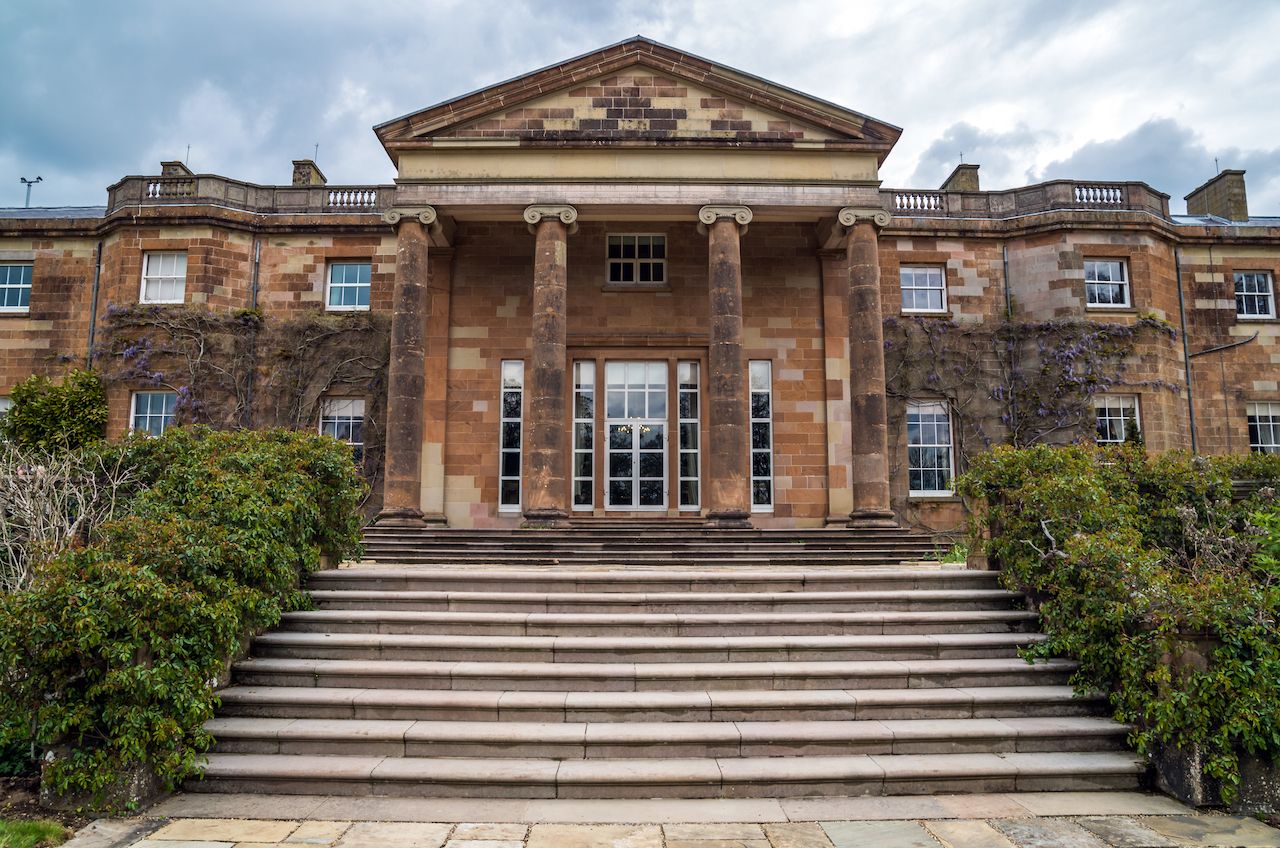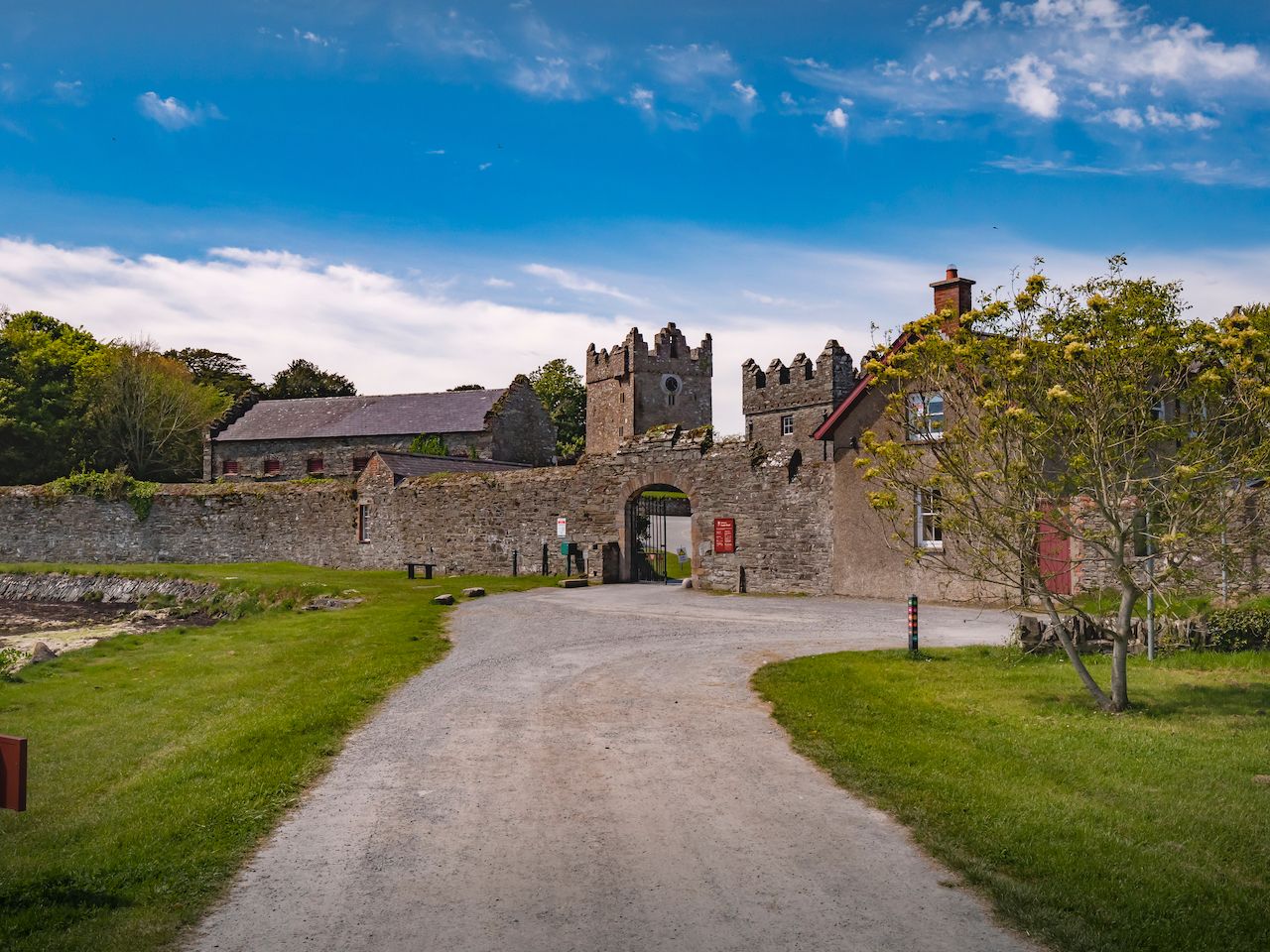Ireland is often called the land of saints and scholars. Without a doubt, the most famous among these is St. Patrick, or Naomh Pádraig to give him his Irish name.
A lot of mythology surrounds Ireland’s best-known saint and first bishop. For one, he probably didn’t banish the snakes from the Emerald Isle. For another, he definitely never dyed a pint of beer green in his life.
But something we know is that in the fourth century, St. Patrick worked, lived, and was buried in County Down, Northern Ireland. Although a lesser-known part of Northern Ireland, the county is a great starting point to learn more about the most famous character in Irish culture and the myths and legends that surround him.
